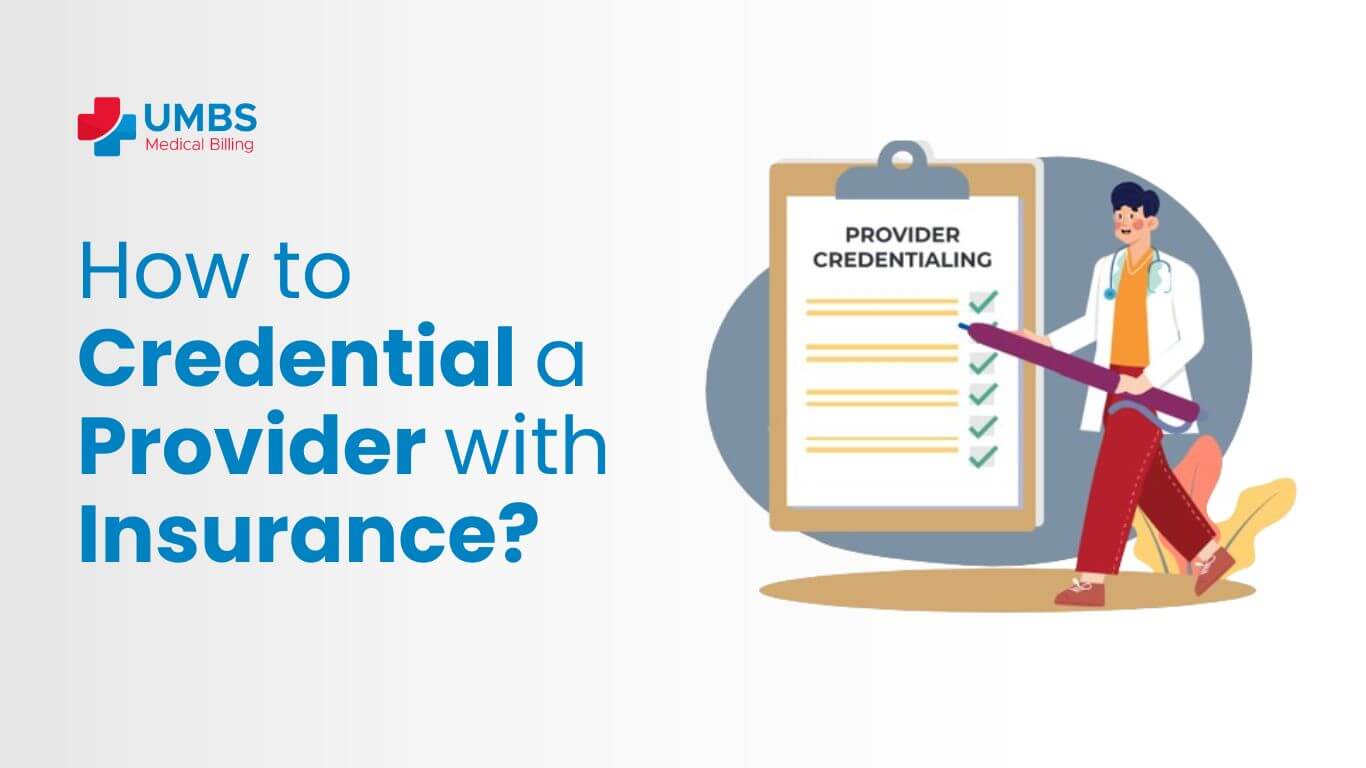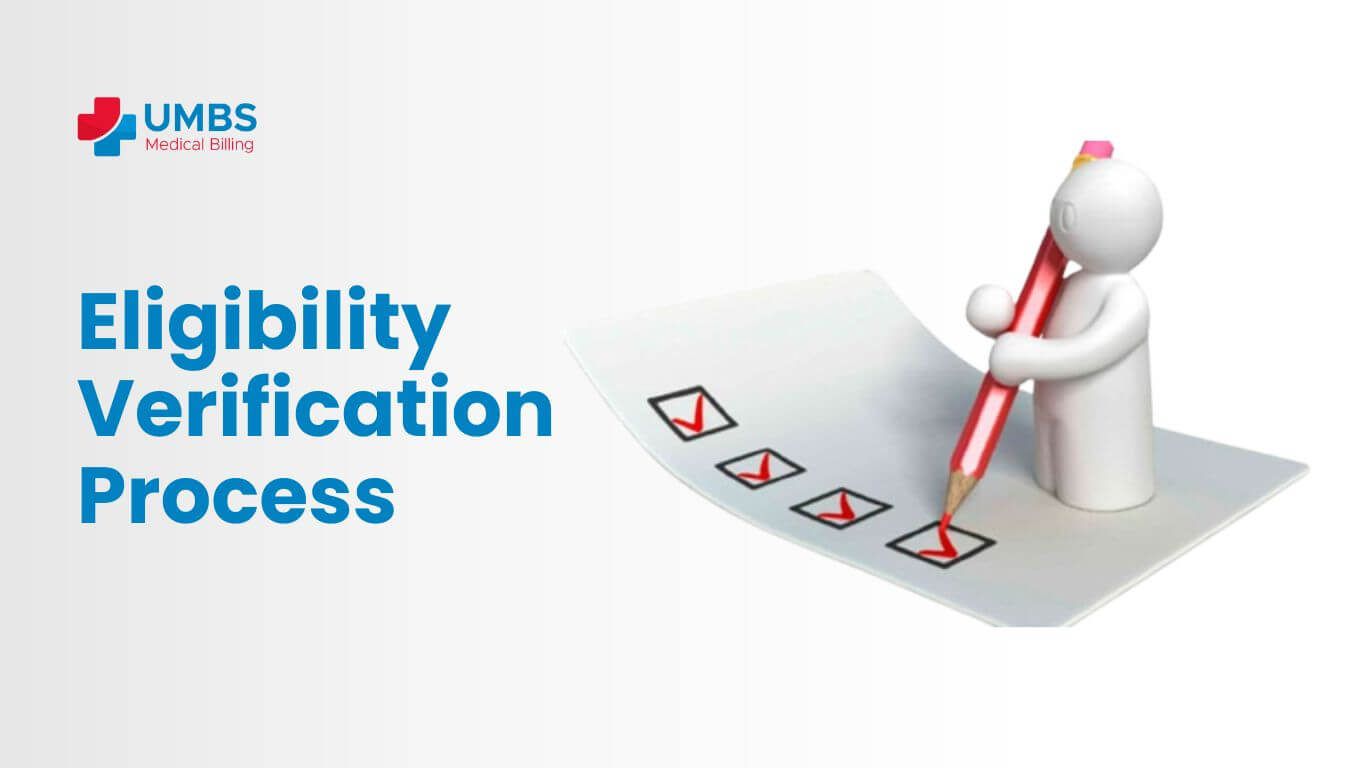Medical claims contain codes representing various key entities, such as the patient, provider, and billing service. An “entity code rejection” occurs when one of these codes is invalid, often due to it being missing, expired, or incorrect. For instance, if the patient’s ID code is outdated or the provider’s NPI number is incorrect, the claim will be rejected. To resubmit the billing claim successfully, it’s essential to correct the specific entity code that caused the rejection. This process ensures accurate and timely reimbursement for services provided by United Medical Billing Solutions.
In many instances, providing the wrong billing NPI (like Box 33 on the CMS-1500 form) or an incorrect Tax ID in Box 25 of the claim results, when submitting a medical claim, you may encounter an entity code rejection error.
5 Reason for Entity Code Rejection
Let’s talk about why entity codes get rejected in medical billing. These include issues like incorrect payer IDs, expired or invalid codes, mismatched claim data, incomplete insurance details, and claims for newborns. Knowing these reasons helps healthcare providers prevent rejections and ensure smooth claim processing. This is where United Medical Billing Solutions can step in to help!
When an entity code error is spotted and fixed promptly, it speeds up the resubmission process for claims, ultimately enhancing a provider’s cash flow.
Incorrect Billing NPI
When submitting a medical claim, it’s crucial to accurately enter the billing provider’s National Provider Identifier (NPI) number in Box 33a of the CMS-1500 form. This specific 10-digit code identifies the individual or organization eligible for payment for the services provided.
If an incorrect or invalid NPI is provided, payers may reject the claim due to this error in the entity code. Ensuring that the billing NPI matches the provider’s active, federally-issued number is crucial to prevent entity code rejection.
Having the correct NPI ensures a dependable link between the provider and the claim.
Incorrect Tax ID
Including the tax identification number of the billing provider in Box 25 of the CMS-1500 form is crucial for medical claims. Whether using an Employer Identification Number (EIN) or Social Security Number (SSN), this ID must match exactly with the number used for tax filing by the provider.
Submitting an incorrect tax ID can lead to difficulties in verifying the provider’s identity by payers. This often results in rejection of the entity code, causing delays in the claims process until the correct tax ID is provided. Therefore, carefully verifying the business identification number before submission helps avoid such errors.
Ensuring the accurate tax ID is entered in Box 25 paves the way for smooth claims approval, as it provides correct provider information.
Incorrect Payer ID
The payer ID serves as a distinct identifier for insurance companies handling claims. Inputting this ID incorrectly could lead to the insurance company not recognizing it. Consequently, the claim won’t be processed as expected, resulting in its rejection.
Discrepancies Between Claim Data and Codes
The information submitted in the claim needs to match the assigned codes accurately. Any discrepancies or mismatches could lead the insurance company to view it as an error, potentially resulting in claim rejection.
The Newborn Patient
When a baby is born, they might not get added to their parent’s or guardian’s insurance right away. If medical services are claimed for the newborn before their inclusion in the policy, the claim could face rejection.
5 Steps to Fix Entity Code Errors in Healthcare
Healthcare providers have multiple options for addressing entity code rejections. These include verifying payer information, properly checking entity codes, matching claims data with codes, submitting complete provider information, and utilizing EHR software.
Verify Payer Info
Before sending a claim, it’s important to double-check all payer details, including the payer ID and other pertinent information, to avoid rejections caused by inaccuracies
Check Entity Codes
Before submitting, it’s important to make sure that the entity codes used in the claim are current and accurate. This helps minimize the risk of using outdated or incorrect codes.
Verify Claims Data with Codes
Making sure that the information in the claim, such as the services provided, aligns with the codes used is essential. This step can help avoid rejections caused by discrepancies in data.
Submit Complete Provider Info
Make sure to carefully review and include all essential provider details, such as the NPI, in the claim. This helps prevent rejection due to any missing or incomplete information.
Using a Medicare Clearinghouse Software
Re-submitting claims because of entity code rejections is a waste of time and money. Opting for a clearinghouse software can solve this issue efficiently. This software automatically verifies all codes – for patients, providers, and third-party billing companies – against current databases. It catches and corrects invalid or expired codes before submission, helping you avoid rejections altogether.
United Medical Billing Solutions, we provide our clients with a comprehensive clearinghouse software at no extra cost. Our healthcare clearinghouse software not only saves you time but also ensures first-time acceptance of your claims.
Difference between provider entity rejection and provider claim rejection?
A rejection of the entity code indicates an error with the provider’s identifying information on the claim form, typically involving their NPI number or Tax ID. This results in the claim being rejected solely due to invalid provider details. Despite this, the services billed may otherwise be perfectly valid.
On the other hand, a claim rejection encompasses a broader range of issues. It signifies a problem with the actual services or charges listed on the claim. This could include an unrecognized procedure code, a mismatch with the diagnosis, services not covered by the patient’s plan, or any other detail specific to that billed encounter. In this case, the entire claim is rejected, not just the provider’s identifying details.
In summary, entity code rejections are specific to provider identification numbers, while claim rejections relate to the services, charges, and other billing details on the claim itself. Entity code issues typically have quick fixes, whereas resolving claim rejections often requires deeper investigation. Understanding this distinction enables providers to address rejections effectively.





